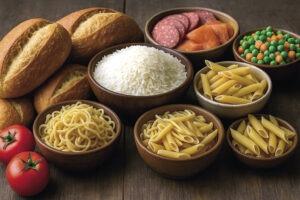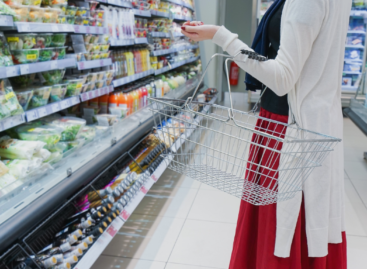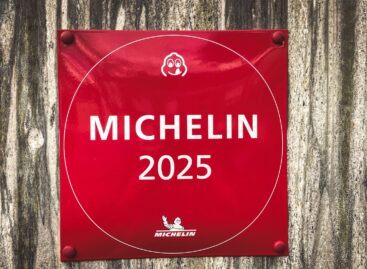Global front lines on the food essentials market: beyond bread
Euromonitor International’s annual 100-country research gives a detailed picture of the global market for staple foods, its current structure and expected developments until 2030.
![]()
This article is available for reading in Trade magazin 2025/8-9.
The survey analyses key categories such as baked goods, rice, pasta and noodles, processed meat and fish, breakfast cereals, and fruit and vegetable preparations. It is also a research objective to provide FMCG players with an accurate view of the new forces shaping the global market.
Global volume movements and macroeconomic challenges
There are significant differences in the performances of categories: while bakery products continue to dominate in terms of value (accounting for 44% of global retail sales), the largest volume growth was generated by the rice, pasta and noodles segment, driven by the Asian region. This difference clearly reflects how regional consumption patterns and economic shifts are increasingly shaping growth trajectories. Market developments are significantly influenced by the lastingly tense macroeconomic environment. According to Euromonitor’s forecast, global inflation will remain above 3% in the 2025-2027 period.

A tésztafélék és rizs iránti globális kereslet gyorsabban nő, mint a készételeké – a fogyasztók világszerte az egyszerű, otthon elkészíthető megoldásokat keresik az inflációs nyomás közepette
New type market risks and adaptation pressures
Players on the food essentials market must adapt to increasingly complex and rapidly changing challenges. Parallel to growing consumer consciousness, critical discourse surrounding ultra-processed foods is intensifying, prompting more brands to simplify recipes, communicate ingredients more transparently and reformulate products to make them healthier. The industry is also facing new types of demand-reducing factors. In the longer term GLP-1 obesity drugs such as Ozempic and Wegovy may curb the consumption of high-calorie foods, especially desserts and snacks. On the production side, uncertainty entailed by customs measures, raw material prices (such as persistently high cocoa prices) and increased production risks resulting from climate change (drought, extreme weather) pose significant business risks. As a result of the ongoing economic crisis, the purchasing habits of consumers have changed worldwide and are more and more dependent on value for money.

The power of labels
Sales of staple foods bearing sustainability labels have increased spectacularly: in 2023 the basic food market ranked second among industries in terms of total sales of products with sustainability attributes. The highest-value category among basic foodstuffs was represented by products labelled “natural”, with global sales of USD 35.9bn in 2023 – there was a 10.6% increase in a single year and a 35% rise since 2020. The second most valuable sustainability characteristic was “organic”, with a global market of USD 29.8bn in 2023. However, the fastest growing category is the sustainability-labelled rice, pasta and noodles segment, which augmented by an average annual rate of 11.6% between 2020 and 2023. The rise of sustainability labels shows that consumers are increasingly making value-based choices.
Related news
Private labels make plant-based alternatives cheaper
🎧 Hallgasd a cikket: Lejátszás Szünet Folytatás Leállítás Nyelv: Auto…
Read more >KPMG CEO Outlook 2025: replanned trust
🎧 Hallgasd a cikket: Lejátszás Szünet Folytatás Leállítás Nyelv: Auto…
Read more >Generations X and Y would be happy to cook more
🎧 Hallgasd a cikket: Lejátszás Szünet Folytatás Leállítás Nyelv: Auto…
Read more >Related news
Michelin Guide: Rumour by Jenő Rácz is the standard-bearer of the “counter dining” experience in Budapest
🎧 Hallgasd a cikket: Lejátszás Szünet Folytatás Leállítás Nyelv: Auto…
Read more >The ski season has started in the two largest domestic ski resorts
🎧 Hallgasd a cikket: Lejátszás Szünet Folytatás Leállítás Nyelv: Auto…
Read more >Experience, timing, awareness: a new travel logic is emerging towards 2026
🎧 Hallgasd a cikket: Lejátszás Szünet Folytatás Leállítás Nyelv: Auto…
Read more >






